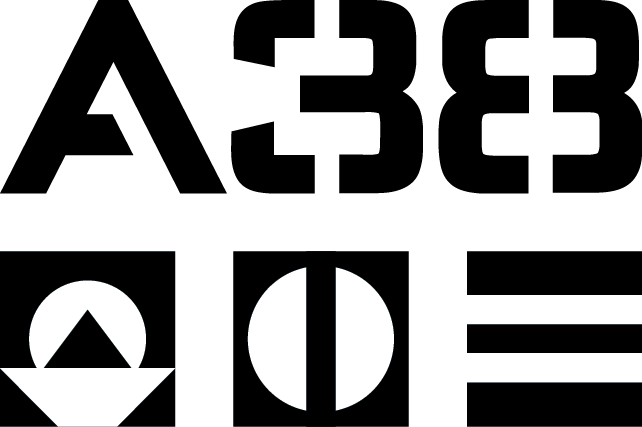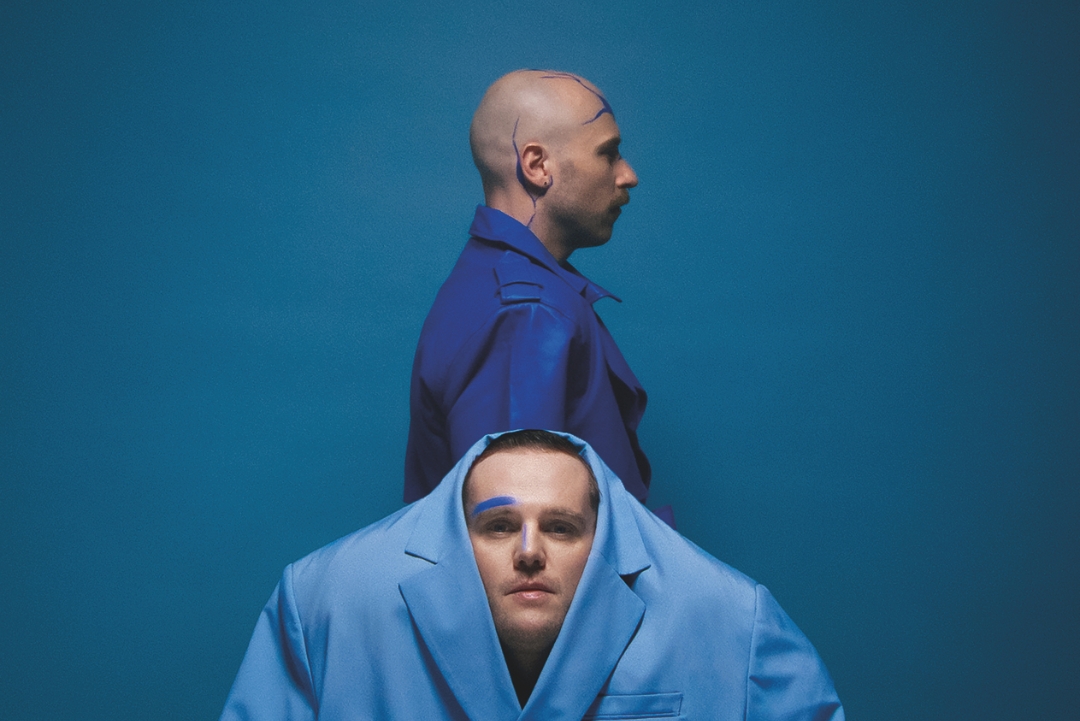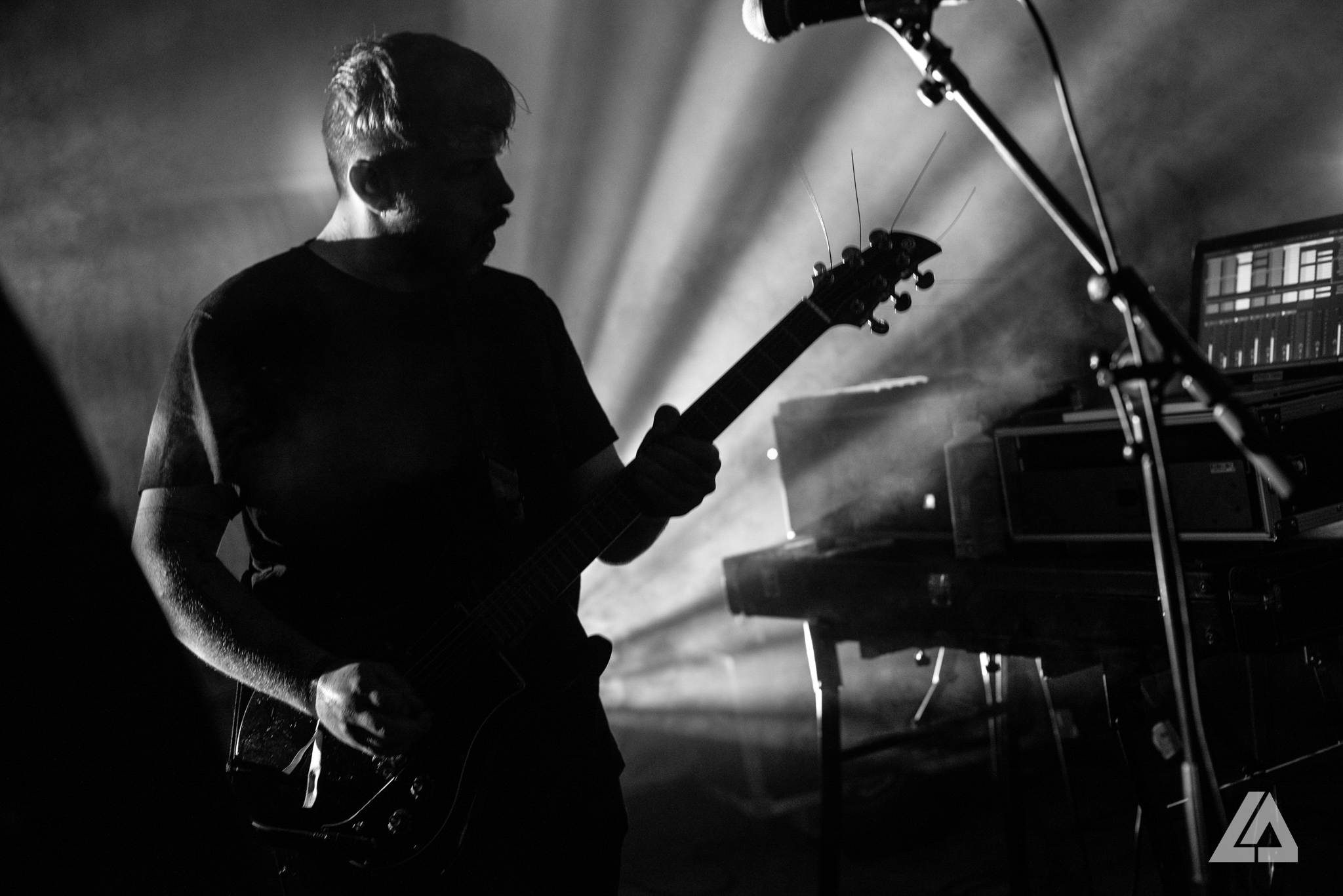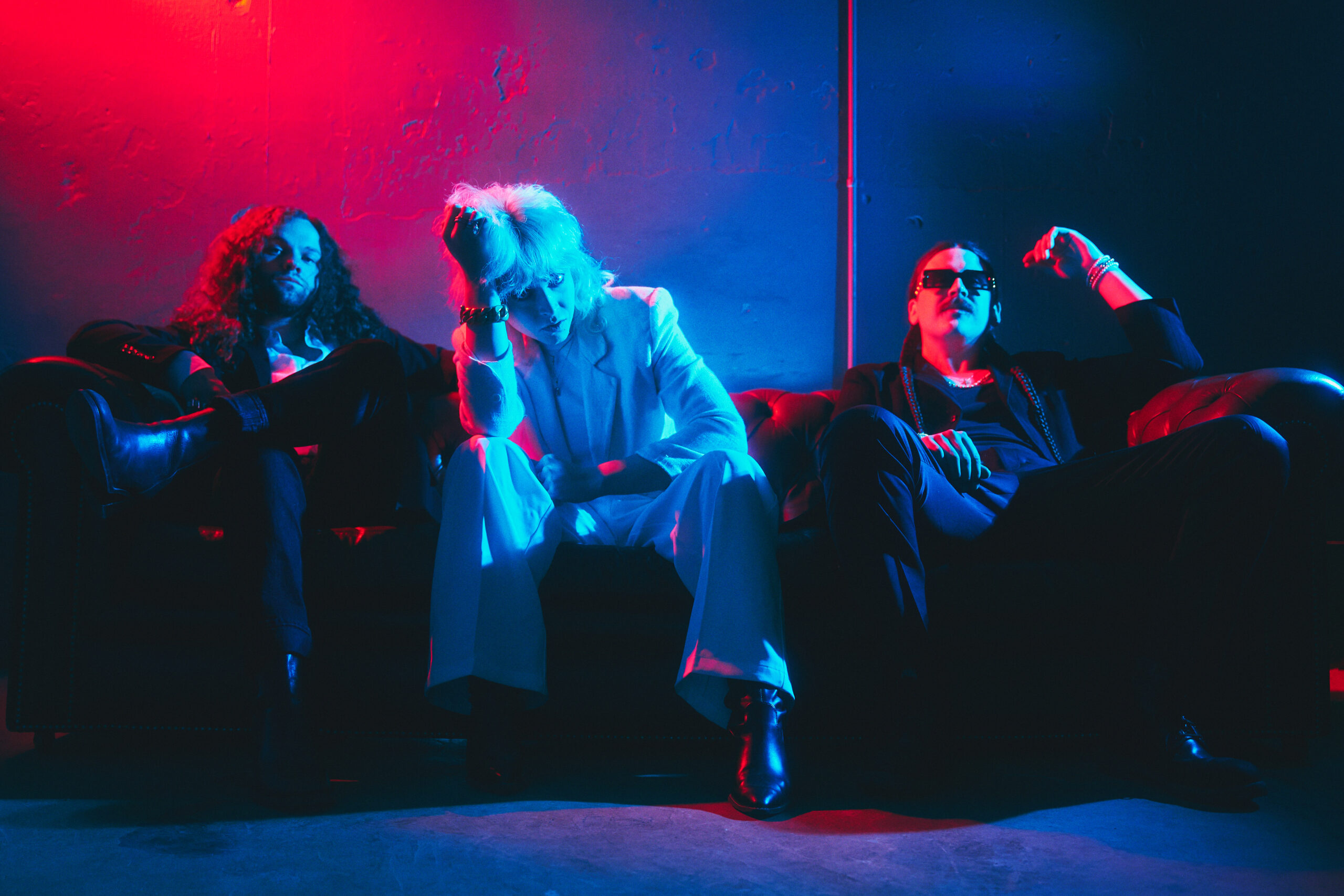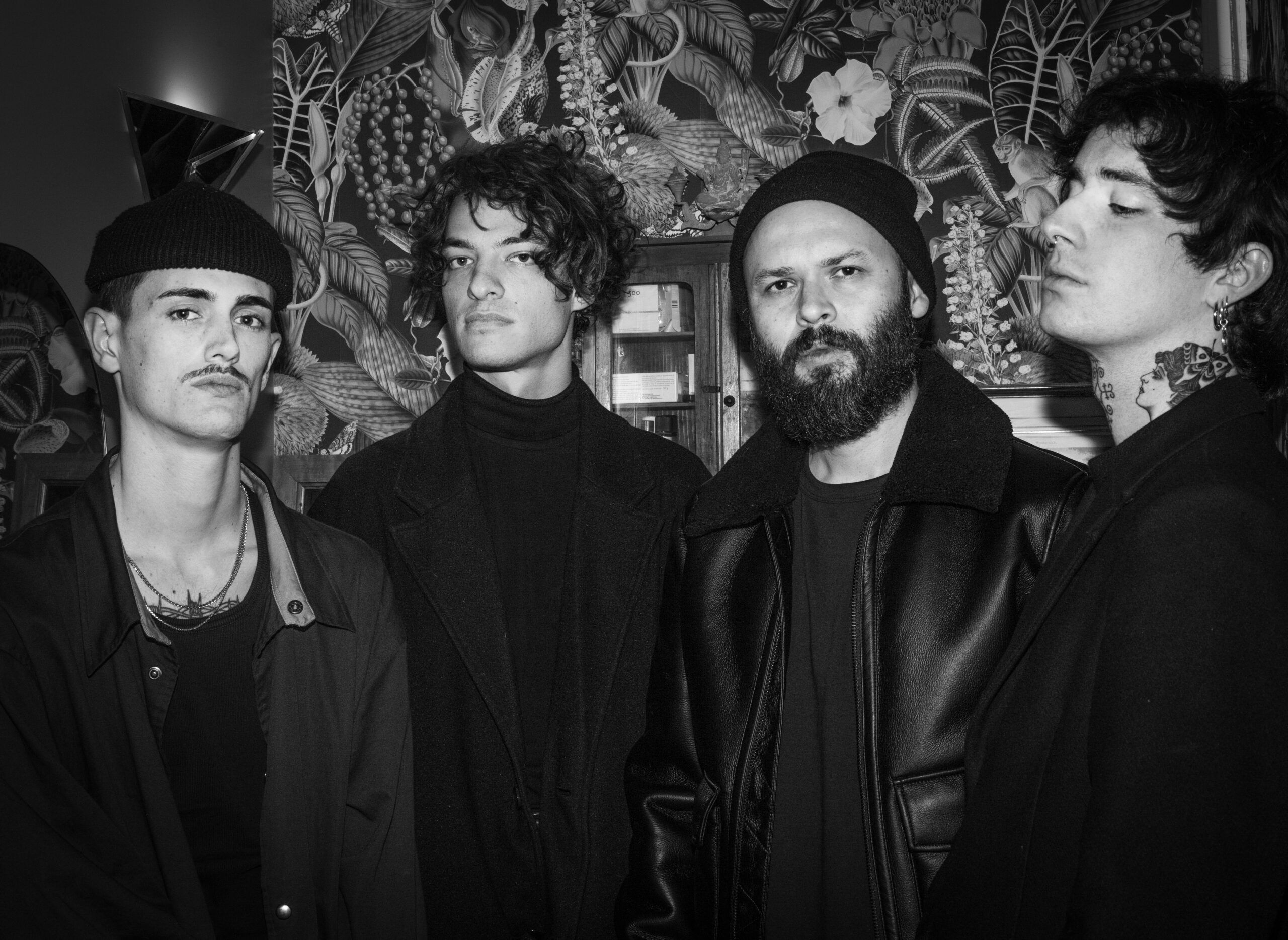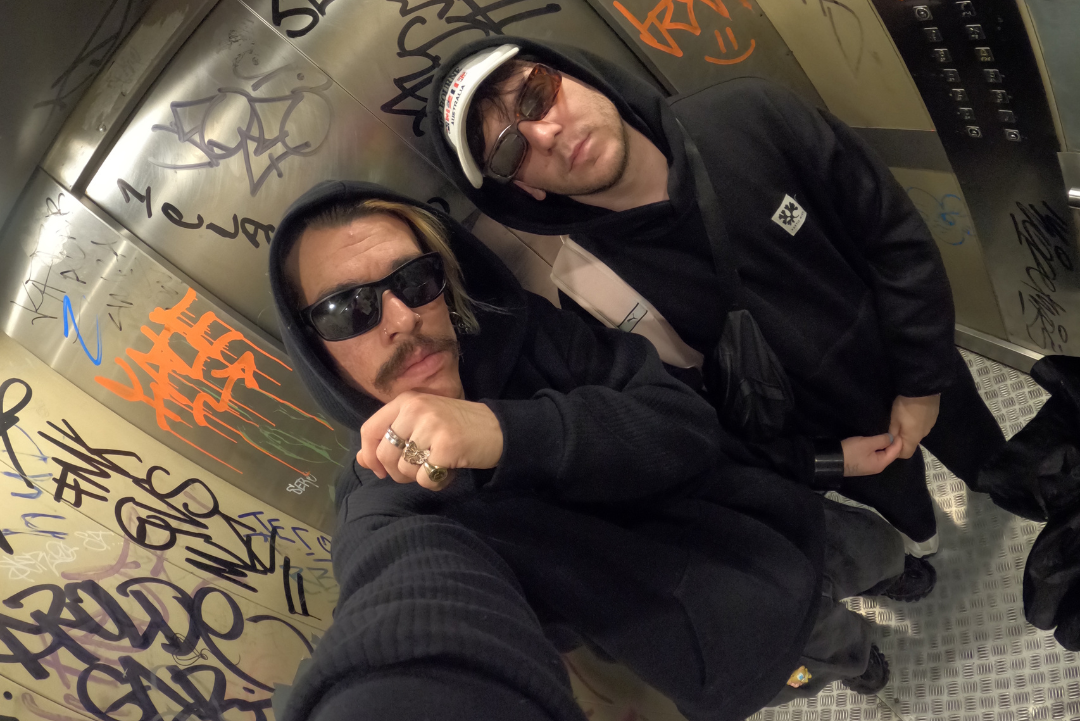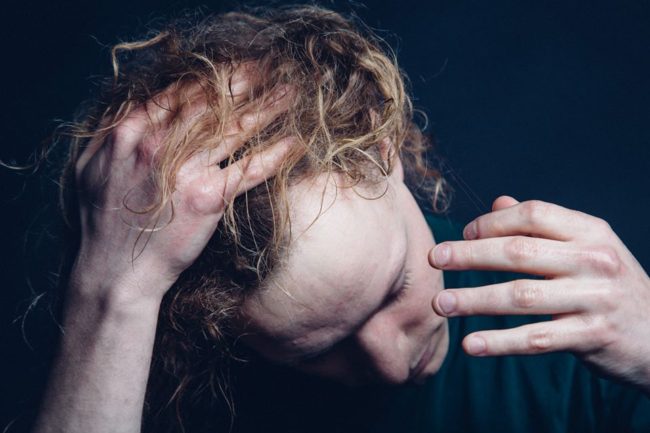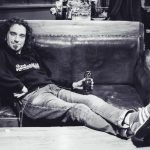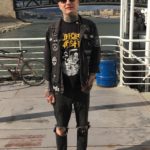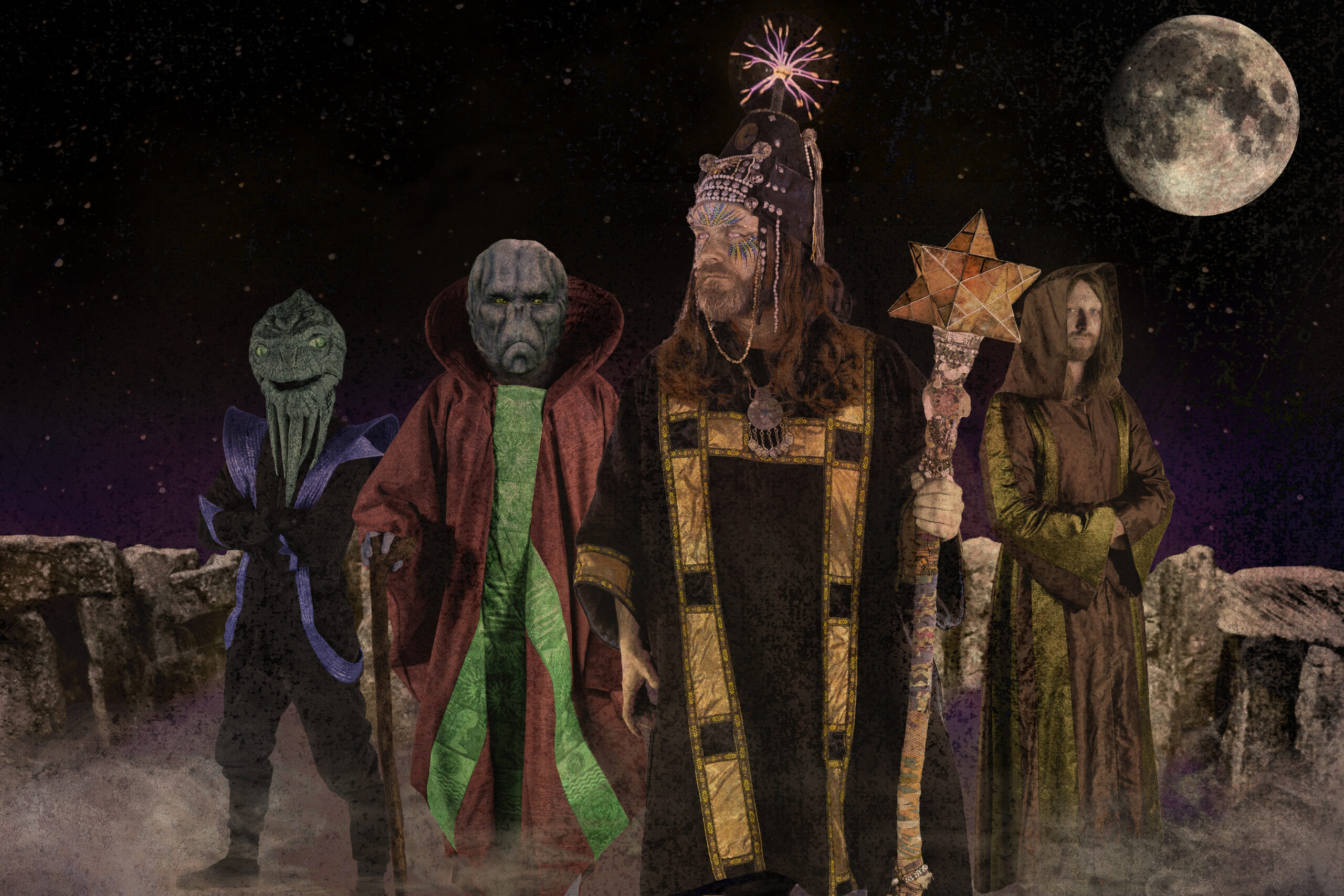Moddi | Forbidden songs
Pål Moddi Knutsen, or simply Moddi as an artist, hail from the island of Senja in the north of Norway. Moddi plays several instruments such as guitar, accordion, piano and trumpet, and he started composing his own songs in the mid 00’s. On September 16, he will release Unsongs, a collection of songs that have, at one stage, been banned, censored or silenced. Which he will present to the Hungarian audience on September 26 at Gozsdu Manó Klub, organised by the A38 Ship. But before his concert, we sat down for a chat with him about globalisation, entertainment, cultures and much more.
You’ve said in an interview that you started making music because you felt that there were no music groups or artists that were able to have two thoughts in their head at one time. Why do you think it is so? Any exceptions that inspired you?
To me it was simple: I started as an activist before I started as a musician. We had a local environmentalist group campaigning against oil drilling in the Lofoten area, but we had no songs that suited our mission. So I had to make them. So from really early on, my music was built on protest.
The problem is that if you write a political song today, it is likely to be considered as politics rather than music, and therefore it doesn’t get played on the radio or booked to any festivals. I believe many musicians meet the same expectations as me – that we are only here to entertain. Not to have meanings about things.
I believe the main lesson that I have learned from making Unsongs, is that music can be a lot more than just entertainment. Music doesn’t have to be just comfortable, or beautiful, or hip, or entertaining. It can be that, and it can be powerful. It can be entertainment and a weapon at the same time. That’s really when music is at its best.
Your latest album, Unsongs compiles songs from across the world that have been banned, censored and silenced. How the idea of the record came and how did you chose the songs you’ve covered?
A few years ago, I stumbled across an old song called “Eli Geva”. It was a beautiful song, but it had never been performed before because it was considered to be too controversial. I asked myself if there might be other songs like it – censored, silenced or banned songs that were equally powerful, but had never been heard. Unsongs is the result of that process.
Please introduce the history/background of the songs for us in a few sentences and why did it end up on Unsongs?
Oh, that would take a book to explain! The stories behind these songs are so complex and run so deep that I, after digging for more than two years now, still don’t understand completely why some of them were banned. They come from different times, different countries and different cultures. Some of the people who wrote them have been imprisoned, others have been killed. Yet other again have just been blacklisted from the local radio station. What all the songs have in common however, is that they tell us something important about the times we live in. They’re not just banned, they’re good songs as well, and important songs.
What was the most important thing that you’ve learned/recognised while working on the album and learning about the background of the songs?
To me, personally? I learned that I don’t have to be alone in making music. I have gotten help from literally hundreds of people around the world who have aided me in finding, understanding and translating the songs on the album. Through Twitter, Facebook and other online channels, I have built up a small army of helpers. Without my own listeners’ help, this album would never have existed.
Before Unsongs, you’ve released an album titled Kæm va du?, on which you’ve gathered texts and melodies from Senja, the island you’re from before they are forgotten. Why was it important for you to do so?
I know that globalisation is not the first word people think of when they hear about Northern Norway, but the truth is that within the last decades, more or less everything has changed about the way people live and work in the North. On Kæm va du?, I gathered a handful of texts about the Senja that my father grew up in, which was very different from mine. Perhaps my next album will be about the new Senja? After all, it isn’t too bad either.
You utilized from North Norwegian poets like Ola Bremnes, Helge Stagnes for Kæm va du. I’ve read in an interview that you like to describe your style as vise; could you open a bit more about what it means?
The vise tradition is a Norwegian sibling to the American folk music, where people use music to tell real stories. It used to have its golden age in the 70s, when it was very much a genre for the political left. Today there are mostly grown-up people who listen to vise music, but it also has a thriving community of younger musicians who perhaps are tired about the pointless pop music that you hear on the radio today.
What would be the perfect setting for a Moddi concert?
Haha, I don’t believe in perfect settings – rather I think we should embrace the imperfect and try to bring music into more spheres than just on a stage. It can be in a kitchen, it can be in a church, it can be inside your house or outside in the pouring rain. As long as the music has meaning to it, I believe people will appreciate it anyway.
This will be your first Hungarian concert. Do you know anything about the country, the culture?
Far too little! But I’m pretty darn sure that there are a lot of forbidden songs from Hungary as well. Do you have any tips about where I should start looking?
